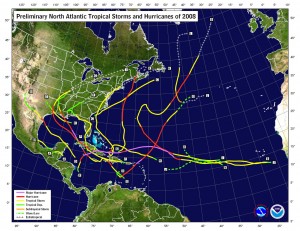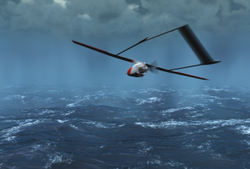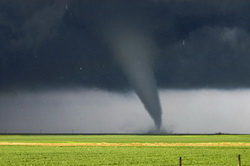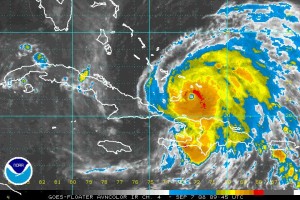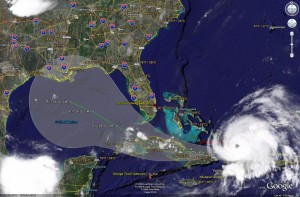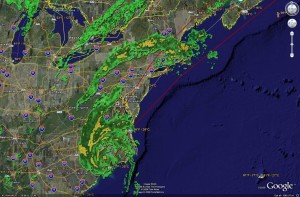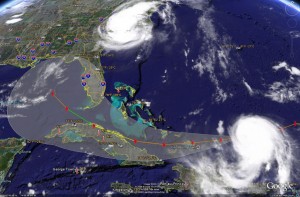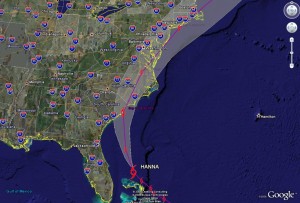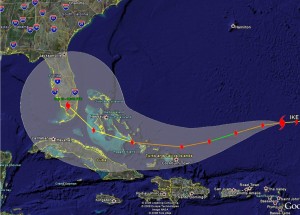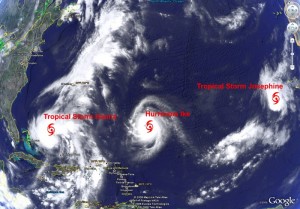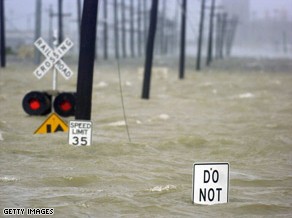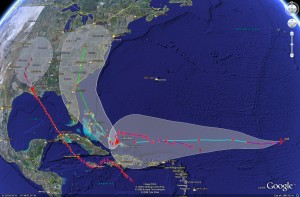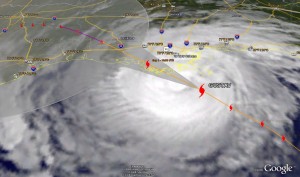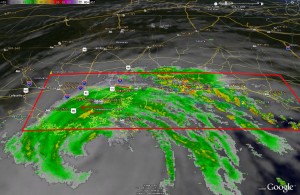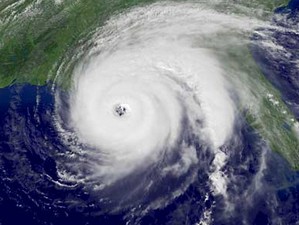
Researchers at Florida State University announced that global hurricane activity continues to decrease and is now at levels not seen since 1977. The researchers say that, “Tropical cyclone (TC) activity worldwide has completely and utterly collapsed during the past 2 to 3 years.”
Last November we reported that hurricane activity in the northern hemisphere was at 30 year lows. Now, in this follow-up research, we see that when including the southern hemisphere global hurricane energy has sunk to 30 year lows.
Using a measurement called the Accumulated Cyclone Energy index (ACE), researchers see a tremendous drop in cyclone energy for the globe as a whole. While the north Atlantic saw above normal levels of ACE in 2008, it represents a relatively small amount of the global hurricane energy and as such cannot compensate for the much reduced levels elsewhere on Earth.
Just as there are active periods of hurricane activity around the globe, there are inactive periods, and we are currently experiencing one of the most impressive inactive periods, now for almost 3 years.
– Florida State University researchers
You can find complete coverage of this story as well as an incredible slideshow of hurricanes as seen from space on our Examiner.com weather news page. Click here to go there.
| For all the details, read the rest of this story on our Denver Weather Examiner page. |  |

